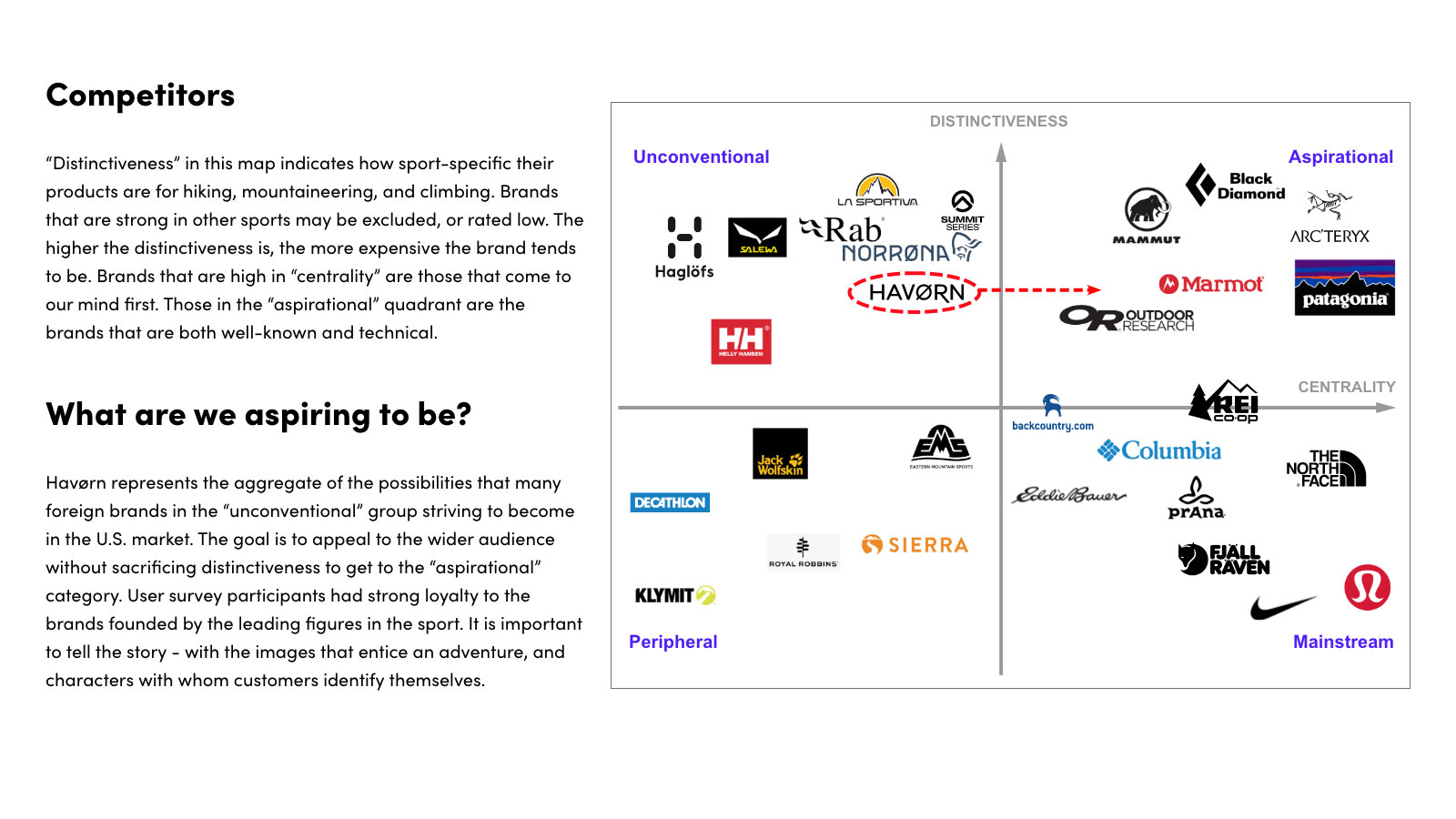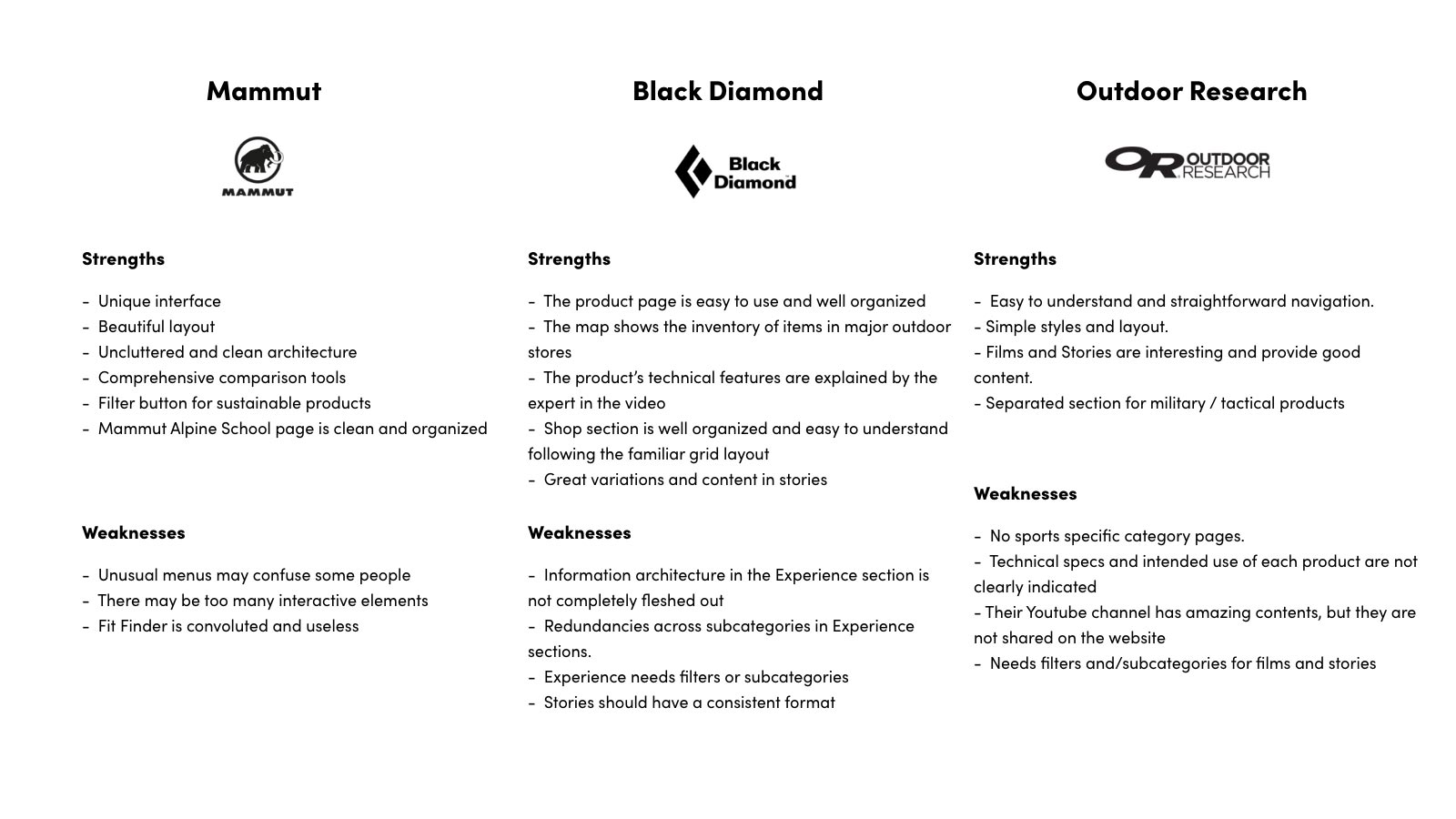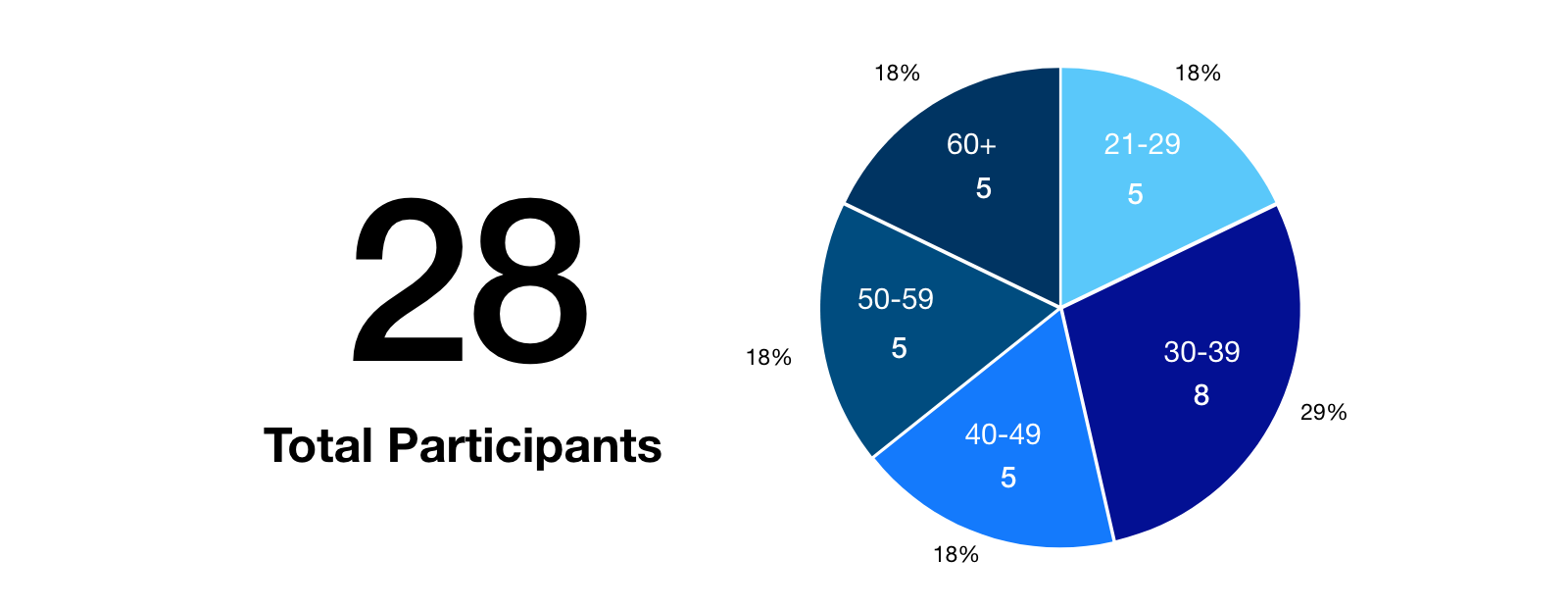The number of participants interested in and engaging in outdoor activities has increased in recent years. More inexperienced hikers and climbers without proper equipment and clothings are getting injured across the United States. Buying on multi-brand websites allows them to get the best prices, however customers new to the sport need a proper channel where they can gain understanding about the sport, proper gear, safety and outdoor communities. A single-brand apparel website also needs to captivate long-term loyalty of their customers who may find their passion in the sport.

A report by McKinsey & Company* states that the growth of the digital fitness community is one of the key trends in the sporting goods industry. Hiking trail app Alltrail saw a drastic increase of people logging in to record their hikes in 2020.
Havørn represents the aggregate of the possibilities that many foreign brands in the “unconventional” group striving to become in the U.S. market. The goal is to appeal to the wider audience without sacrificing distinctiveness to get to the “aspirational” category. C-D Map: A Better Way to Map Brand Strategy - Harvard Business Review

For competitive analysis, three competior’s websites were chosen: Mammut, Black Diamond and Outdoor Research. All three have different approaches in how to merge education and experience components into their businesses. The most tangible one is Black Diamond, however it somewhat lacks the organization and comprehensiveness.


The participants demonstrated strong brand loyalty to Black Diamond Black Diamond and Patagonia, two brands originally founded by an accomplished climber, Yvon Chouinard.
Climbers and hikers were attracted to brands that are distinctive and specialize in purpose-built products for climbing and hiking. They visit brand websites to check specifications but ultimately want to try them out in person.
They also visit brand websites to gain techinical knowledge: Black Diamond Story and Petzl Tips stood out among many sites mentioned. Patagonia Activism attracted a mix of climbers and non-climbers. 7 out of 28 people said they never visited these sites.
Havørn represents the aggregate of possibilities for many foreign brands striving in the U.S. market. Survey participants demonstrated strong loyalty to the brands founded by the leading figures in the sport. It is important to tell the story - with the images that entice an adventure, and characters with whom customers identify themselves.
The brand identity came to me while searching for images of climbers in the mountains. Quiet fjords seem so isolated yet inviting to those who seek an adventure. The gradation of dark water and the soft northern light seem a perfect color scheme for the brand.
From the survey I have narrowed down to two types of user personas. Ashley, the architype “Seeker”, represents the group of young indivusuals just getting into the sports and may have strong social motivations. There’s an opportunity to nurture her brand loyalty through introducing new gears and clothings though teaching how the products are supposed to be used.
Mark, the architype “Expert”, may already have a set of gears and clothings; however, he is very keen on keeping up with new technologies and products. He shares those information he found with others including Seekers. Seekers may find Experts as source of information and mentorship. As such, both types of personas are integral to the brand growth.
Shop section follow the standard e-commerce structure. Home page is a collection of featured products, promotions and the product cards with featured items. The mega menu allows user to navigate to the sections catogorized by sexes and type of sports.
Explore section contains events, courses and stories. The users should be able to browse through the main page, or chose the interested sports using the mega menu. In this example, the course is consists of several chapters and the users should be able to read and watch videos. The course progress can be stored in the account, so they can review it later.
Events page has collections of in-person and virtual events that users can attend. They have workshops, lectures, screenings etc. The events can be reserved and pay on the website.
14 randomly selected participants took an online usability test.
Many participants responded positively to the design. Some mentioned that they really like the style and aesthetics. Most people try to use search features rather than going through the menu options. This led to a low success rate in getting to the specified product. I was initially more concerned if they could get to the non shopping content, however most participants succeed relatively in ease. There was some confusion on buttons, which was revised at the end. There were other minor changes made on card designs and font sizes.
If I were to further develop this project, it would be interesting to incorporate some other features: such as, AI feature selecting products based on users previous browsing history in Explore section. Another idea is to integrate forum where users can connect to other like minded users, search hiking routes and travel ideas.